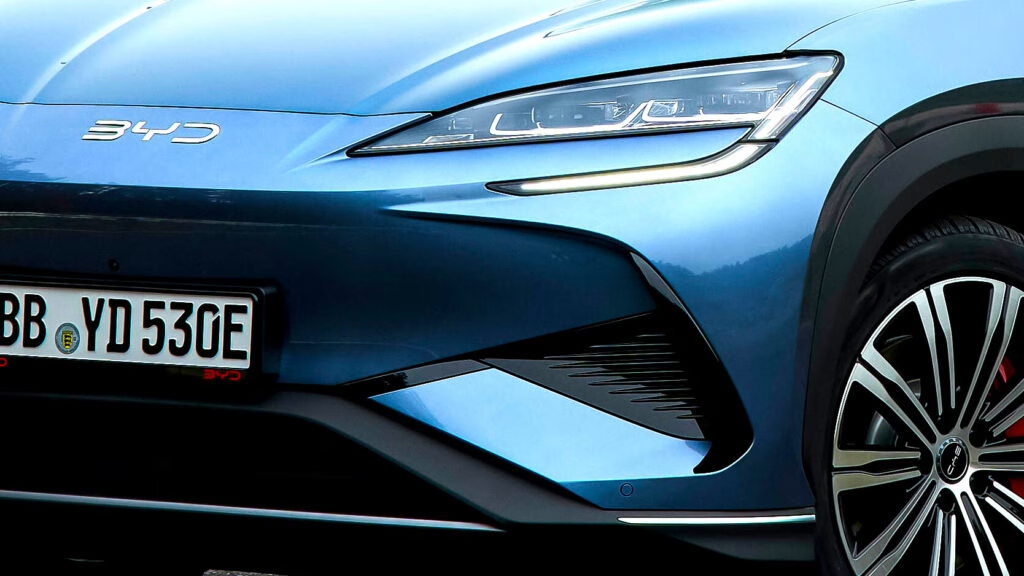Why Are Stellantis Dealers in Germany Suddenly Selling BYD Cars?
It’s not every day you see established European car dealers, especially those tied to a giant like Stellantis, jumping ship to sell a Chinese brand. But that’s exactly what’s happening in Germany right now. BYD, a powerhouse in China’s electric vehicle market, is making a bold play for Europe—and it’s turning heads for all the right (and wrong) reasons.
The twist? Two former Stellantis executives, Maria Grazia Davino and Lars Bialkowski, are now leading BYD’s European charge. Their inside knowledge of the German auto landscape is proving invaluable. Dealers who once sold Opels and Peugeots are now adding BYD to their showrooms, and it’s ruffling feathers back at Stellantis HQ in Rüsselsheim.
What’s Driving Dealers to BYD—and Why Now?
Let’s cut to the chase: money talks. German dealers are pragmatic. They see BYD’s rapid growth and want in before the market gets crowded. According to industry insiders, BYD’s dealership network in Germany has more than doubled in just a few weeks—from 26 to over 50 locations. The goal? Hit 120 by year’s end and 300 by 2026.
But it’s not just about numbers. Dealers are betting on BYD’s potential to shake up the market. The brand’s aggressive expansion, competitive pricing, and growing reputation for reliable EVs make it an attractive partner. As Bialkowski puts it, dealers are reaching out because BYD offers “room to grow”—and that means fresh revenue streams in a market where margins are getting squeezed.
How Is BYD’s Rapid Expansion Affecting the German Market?
BYD’s growth is nothing short of explosive. In the first eight months of the year, they sold just under 8,600 vehicles in Germany—a modest figure, but one that’s rising fast. The company’s leadership is aiming for 50,000 annual sales as soon as possible, a target that would put them in direct competition with established European brands.
However, not everyone is convinced the pace is sustainable. Some dealers worry BYD’s network is growing too quickly, risking overextension. There’s also the question of who’s actually buying these cars. Recent data shows only about 12% of BYD’s German registrations are private customers, with the rest going to rental fleets and corporate buyers. That’s a red flag for some, suggesting the brand still has work to do in winning over everyday drivers.
Are Former Stellantis Execs Giving BYD an Unfair Advantage?
It’s easy to assume that Davino and Bialkowski are leveraging old contacts to poach dealers. But both insist that’s not the case. According to Davino, dealers are calling them—not the other way around—because they see opportunity in BYD’s growth. Still, the optics are awkward. Stellantis is watching as its own dealer network helps a rival gain traction, and that’s bound to sting.
Industry experts point out that this kind of talent migration is common in the auto world. What’s unusual is the speed and scale of the shift. BYD’s willingness to hire local leaders with deep market knowledge is a smart move, giving them a shortcut to credibility and distribution in a notoriously tough market.
What’s the Real Impact for German Car Buyers?
For consumers, more competition usually means better deals and more choices. BYD’s entry is already shaking up pricing, especially in the electric vehicle segment. German buyers who might have overlooked Chinese brands a year ago are now taking test drives and comparing features. The brand’s focus on value, technology, and warranty coverage is resonating with a new generation of car shoppers.
But there’s a caveat. If BYD’s growth relies too heavily on fleet sales, it may struggle to build the kind of brand loyalty that turns first-time buyers into repeat customers. That’s a challenge Davino and Bialkowski will need to tackle head-on as they push for mainstream acceptance.
What Should Dealers and Industry Watchers Expect Next?
BYD’s trajectory in Germany is a case study in how quickly the automotive landscape can shift. The company’s ambitious targets—300 dealerships by 2026 and a major share of the EV market—are forcing competitors to rethink their strategies. For Stellantis and other legacy automakers, the message is clear: adapt or risk losing ground, even on home turf.
The big takeaway? BYD’s rise in Germany isn’t about perfection—it’s about smarter adjustments. Start with one change this week, and you’ll likely spot the difference by month’s end. The German car market is evolving fast, and those who move quickly—whether they’re dealers, buyers, or brands—stand to gain the most.

